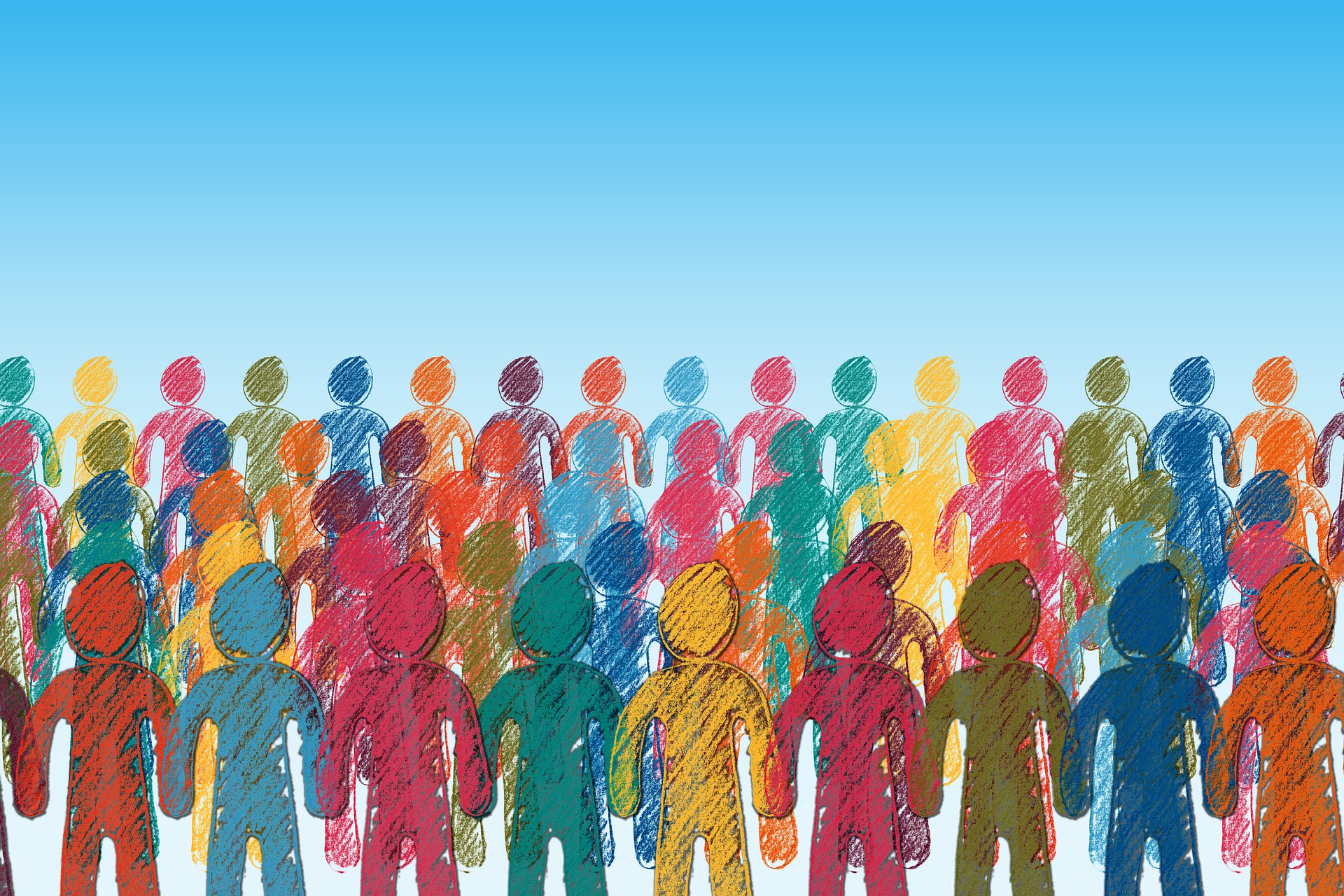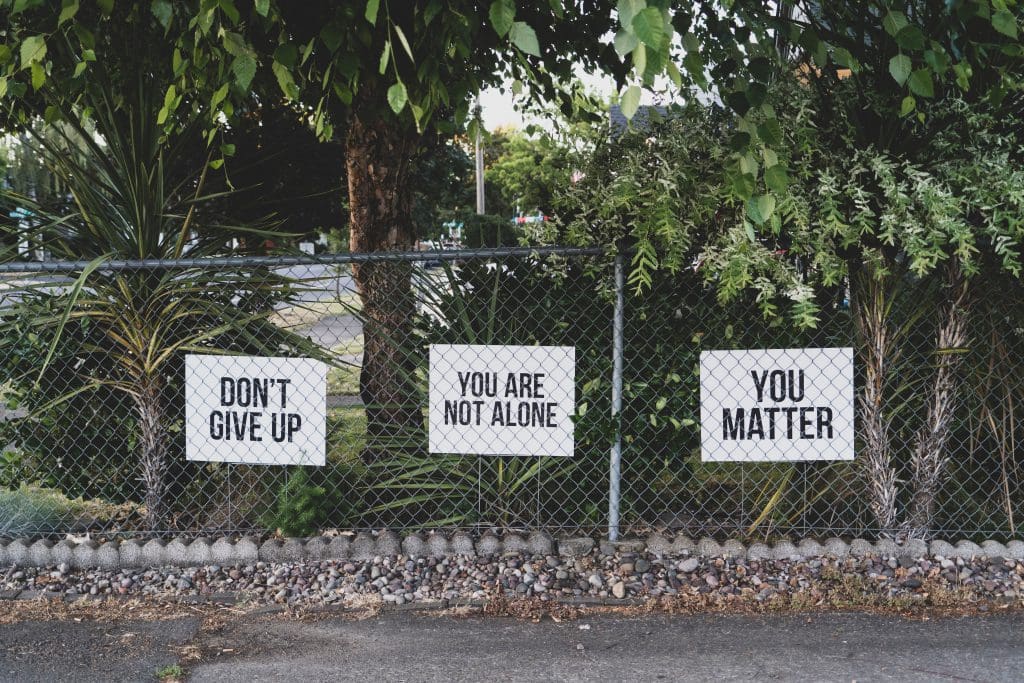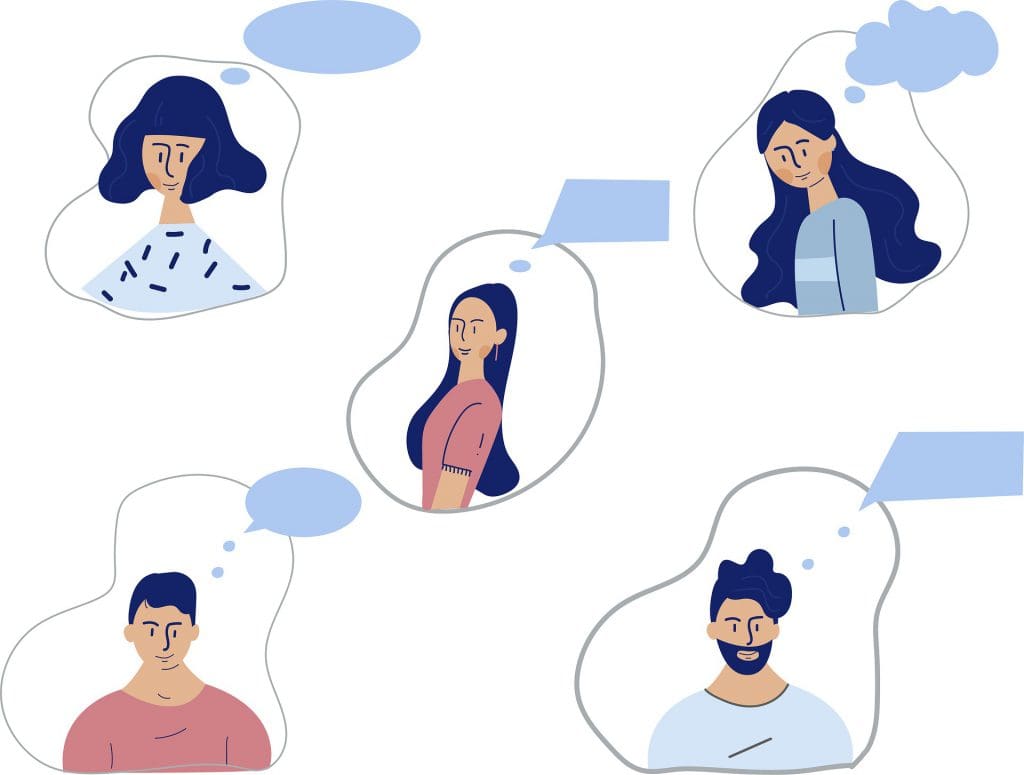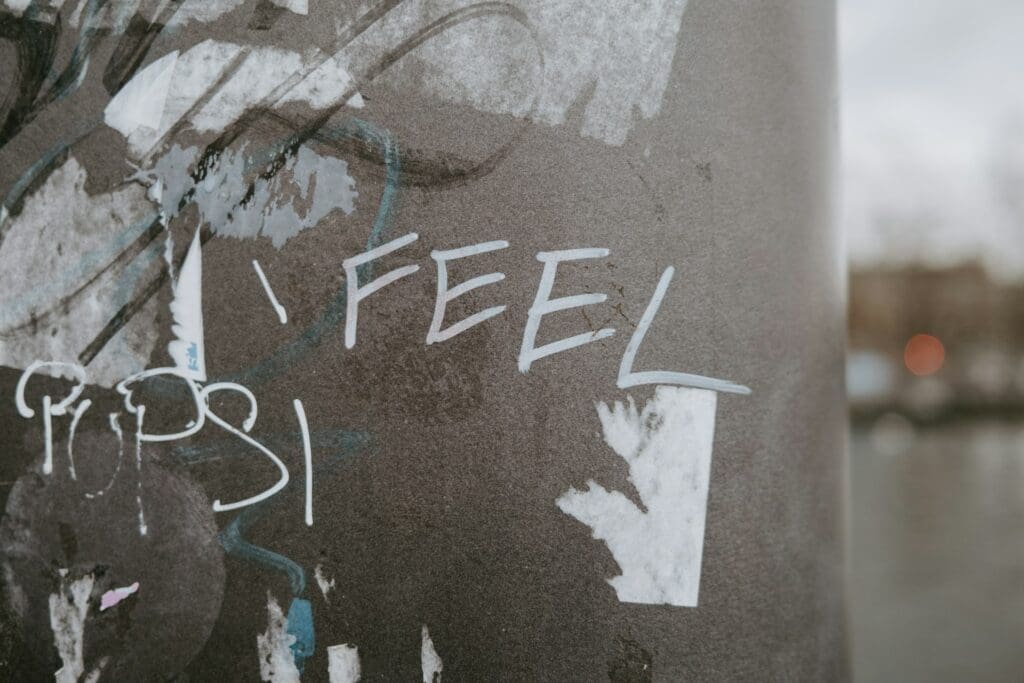
Self-Compassion
May 11, 2024 in LINKS
Dr. Kristin Neff, Associate Professor of Educational Psychology at University of Texas at Austin, has spent much of her career researching self-compassion. What is self-compassion? How is self-compassion helpful? How can we get better at having compassion for ourselves? Read on to find out!

Neff writes, “Instead of mercilessly judging and criticizing yourself for various inadequacies or shortcomings, self-compassion means you are kind and understanding when confronted with personal failings.” She emphasizes the humanness of mistakes, losses, and disappointment; we all share these common experiences and feelings. Having the same compassion for ourselves that we would have for a friend is a key step towards self-acceptance.
Kristin Neff has a lot of guided practices and self-compassion exercises available on her website. Here are some journaling ideas if you are hoping to get started on your self-compassion journey:
- How do you respond to a friend who is struggling or who has made a mistake? How do you respond to yourself when you are struggling or have made a mistake? Oftentimes we are far more critical of ourselves than we would be if a friend were in the same situation. How can you apply the compassion you would have for a friend to yourself?
- Reframe your self-critical thoughts as kinder and gentler thoughts. Maybe you got a bad grade on a school project, and your inner critic is telling you “you are stupid and worthless.” Take a moment to stop and notice this thought, understand where it is coming from, and talk back to it. You might say to your inner critic “I care about my grades, but ruminating about one project is not making me feel good. I choose to have compassion for myself and acknowledge that failure is an inevitable part of life and I will fail at times. I will try to do better on the next project, but for now, I am choosing self-compassion.”
- Keep a self-compassion journal. Each night, write down things that made you feel bad throughout the day. Maybe you were upset with a friend and said something mean that you regret. Maybe you didn’t perform as well in a sports game as you would have liked. Maybe you judged yourself for eating a bag of chips after a long day at school. How can you respond to these situations with more self-compassion? How can you comfort yourself in response to these negative feelings?
For more tips on self-compassion, we recommend checking out Kristen Neff’s book, Self-Compassion: The Proven Power of Being Kind to Yourself, or visiting her website at https://self-compassion.org/.
What is something that you have judged yourself for recently? How can you respond with greater self-compassion? Comment down below!

















Recent Comments